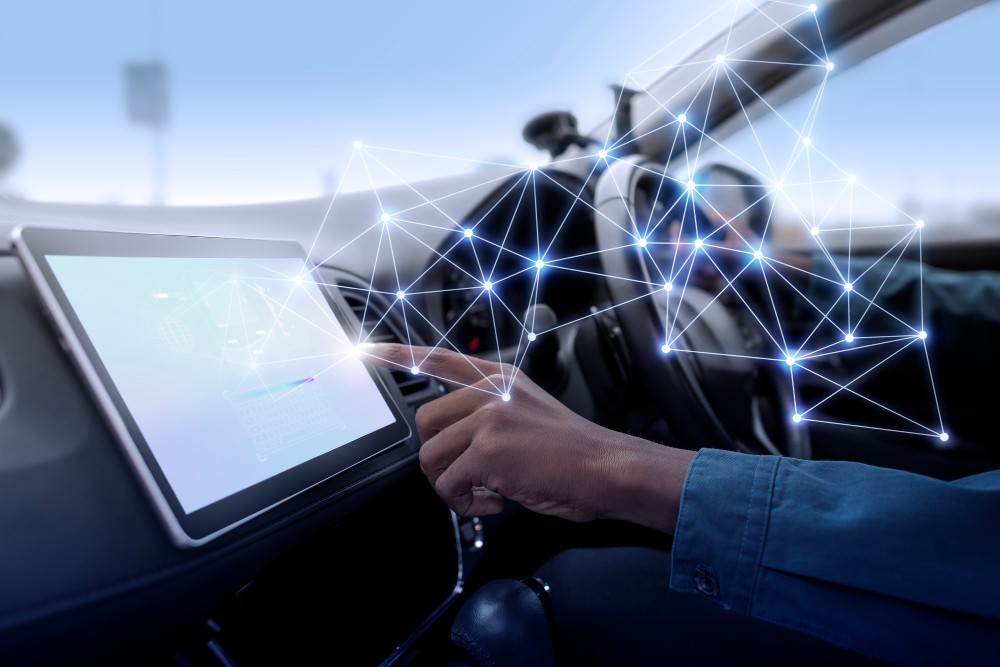How an Intelligent Transport Management System Transforms Urban Mobility
Urbanization has rapidly accelerated across the globe, leading to a surge in vehicles on roads and growing complexity in city traffic patterns. Traditional traffic control mechanisms often fall short in addressing the dynamic needs of urban transportation. This is where an Intelligent Transport Management System (ITMS) steps in as a transformative solution, reshaping how cities approach mobility, traffic control, public safety, and sustainability.
The Core of an Intelligent Transport Management System
An Intelligent Transport Management System is a comprehensive, technology-driven platform that leverages artificial intelligence, machine learning, data analytics, and real-time surveillance to monitor, manage, and optimize urban traffic flows. It integrates various components such as traffic signal control, incident detection, surveillance systems, license plate recognition, and data visualization into a unified ecosystem.
The power of Intelligent Transport Management System lies in its ability to collect and process data from multiple sources—CCTV cameras, sensors, traffic lights, GPS-enabled vehicles, and roadside equipment—to make informed decisions. This dynamic system continuously adapts to changing traffic scenarios, ensuring smoother operations and quicker responses to traffic disruptions.
Real-Time Traffic Monitoring and Congestion Management
One of the most significant impacts of an ITMS is its ability to monitor traffic conditions in real time. By processing live feeds from strategically placed surveillance cameras and IoT sensors, the system identifies bottlenecks, traffic density, and unusual vehicular patterns. This information is used to dynamically adjust traffic signals, divert traffic to alternate routes, and balance traffic loads across city intersections.
For example, during peak hours, an intelligent system can extend green light durations for overburdened lanes, improving vehicular flow and reducing overall waiting times. In case of an accident or roadblock, the system promptly detects the disruption and alerts traffic authorities while suggesting alternate paths for commuters, minimizing the ripple effect on city-wide traffic.
Enhancing Road Safety and Law Enforcement
An Intelligent Transport Management System doesn’t just streamline traffic—it plays a pivotal role in enhancing road safety. Advanced surveillance tools like automatic number plate recognition (ANPR), red light violation detection, and speed monitoring work in tandem to enforce traffic rules and identify violators in real time.
By automating these functions, the system eliminates manual errors and ensures impartial enforcement. It also allows traffic management authorities to generate e-challans, maintain violation histories, and promote compliance without physical intervention. Over time, this fosters a culture of safer driving practices across the city.
Public Transit Optimization
Efficient public transportation is the backbone of any smart city. An Intelligent Transport Management System can significantly improve the performance of buses, metros, and other public transit systems. Through real-time tracking, it enables better route planning, schedule adherence, and fleet management.
Passengers benefit from accurate information on bus arrivals, route changes, and expected travel times. Authorities, on the other hand, can evaluate usage patterns, identify service gaps, and optimize routes to meet commuter demands more effectively. This not only improves convenience but also encourages more people to shift from private vehicles to public modes of travel, easing congestion and reducing emissions.
Incident Detection and Emergency Response
Quick response to road incidents is crucial in densely populated areas. Intelligent Transport Management System platforms incorporate intelligent incident detection capabilities that use video analytics to identify accidents, stalled vehicles, or unauthorized pedestrian movements. These alerts are instantly relayed to traffic control centers and emergency services.
As a result, the response time to accidents or breakdowns is greatly reduced, preventing secondary collisions and restoring normalcy faster. Additionally, intelligent routing can clear paths for ambulances or fire trucks, allowing critical services to reach destinations without delays.
Data-Driven Urban Planning
Beyond simply managing day-to-day traffic flow, an Intelligent Traffic Management System (ITMS) serves as an invaluable reservoir of detailed data that can profoundly influence long-term urban development and planning strategies. By continuously collecting and analyzing extensive traffic data—such as vehicle counts, speed variations, congestion hotspots, peak travel periods, and accident-prone zones—city planners gain deep insights into the dynamic behavior of urban mobility.
This rich dataset enables planners to identify recurring bottlenecks and safety hazards, allowing them to prioritize infrastructure projects with greater precision. For example, data highlighting frequent congestion on certain corridors can justify the construction of new flyovers or the widening of existing roads to ease traffic pressure. Similarly, analysis of pedestrian flow and vehicle interaction zones can lead to the creation of dedicated pedestrian walkways, safer crosswalks, or even car-free zones to enhance urban livability.
Moreover, data-driven urban planning supports the development of innovative solutions such as dedicated bus or bicycle lanes, which promote sustainable and eco-friendly transportation options. Smart parking management also benefits, with planners using historical and real-time data to design efficient parking layouts and reduce the time drivers spend searching for parking spots—thus cutting down on unnecessary emissions.
Environmental Sustainability
Reducing vehicular emissions is a key goal for modern cities aiming to combat climate change. An Intelligent Transport Management System contributes to this by minimizing idling times, cutting down on unnecessary stops, and promoting smoother traffic flow. The cumulative impact is a significant reduction in carbon emissions and fuel consumption.
Moreover, by encouraging the use of public transport and facilitating non-motorized mobility options through safer road environments, an ITMS supports a sustainable, green transport ecosystem.
Conclusion
The Intelligent Transport Management System is no longer a futuristic concept—it is a present-day necessity for cities looking to stay ahead of growing transportation demands. By blending technology with real-time decision-making and long-term data insights, Intelligent Transport Management System transforms urban mobility into a more efficient, safer, and environmentally responsible experience. As cities embrace this innovation, the road ahead becomes not just smarter, but also more sustainable and citizen-friendly.

